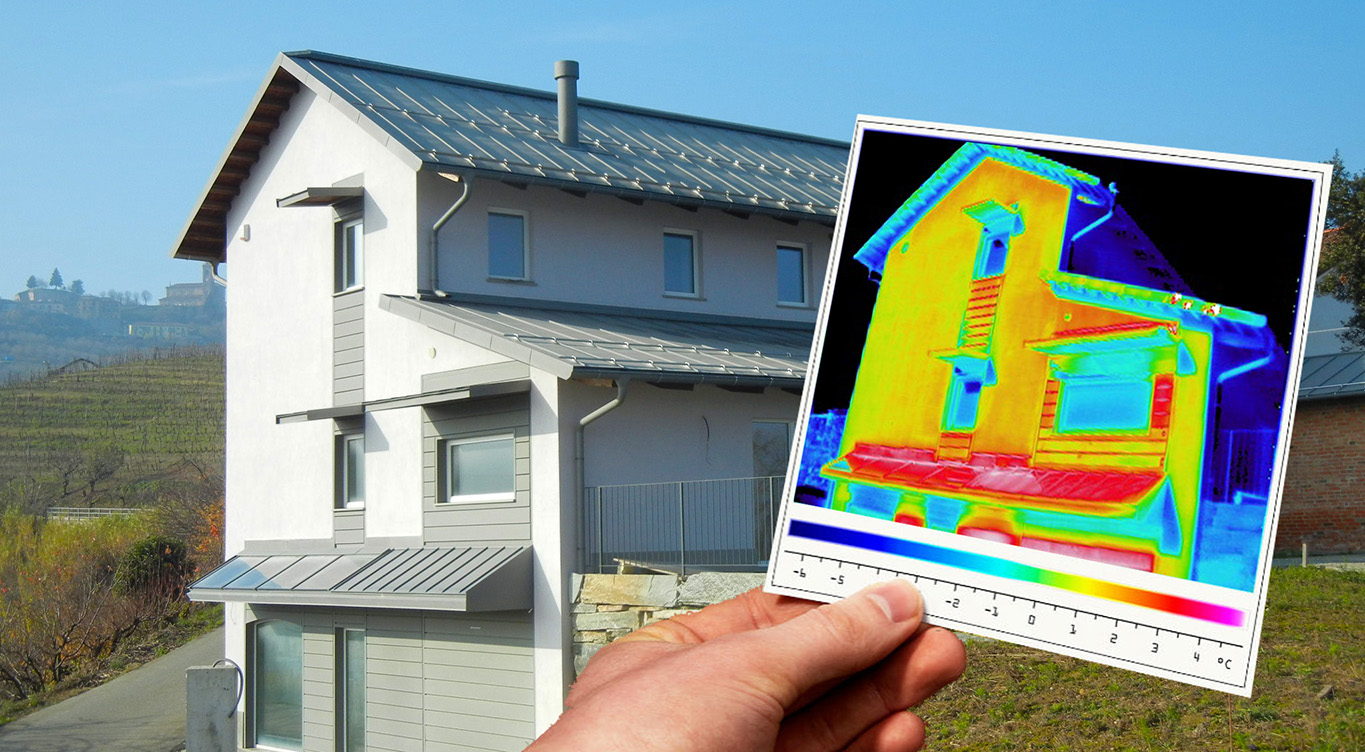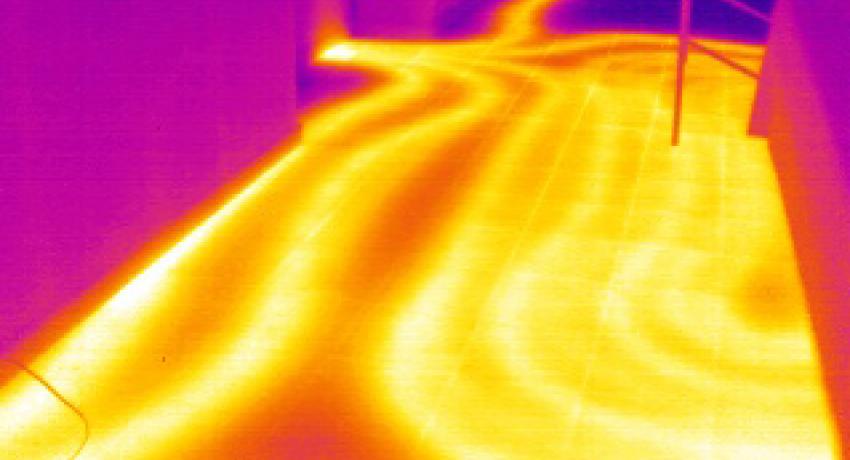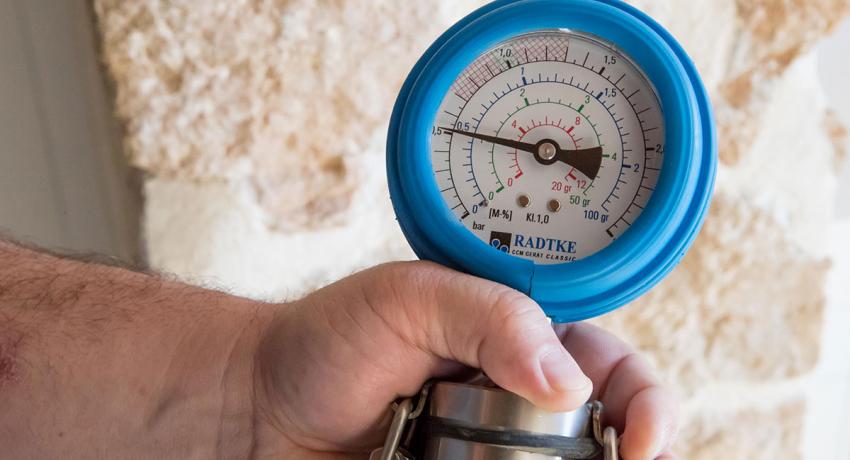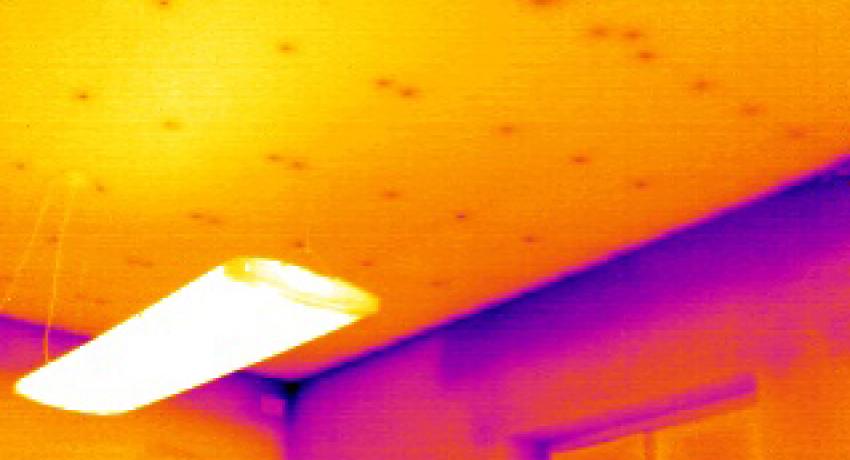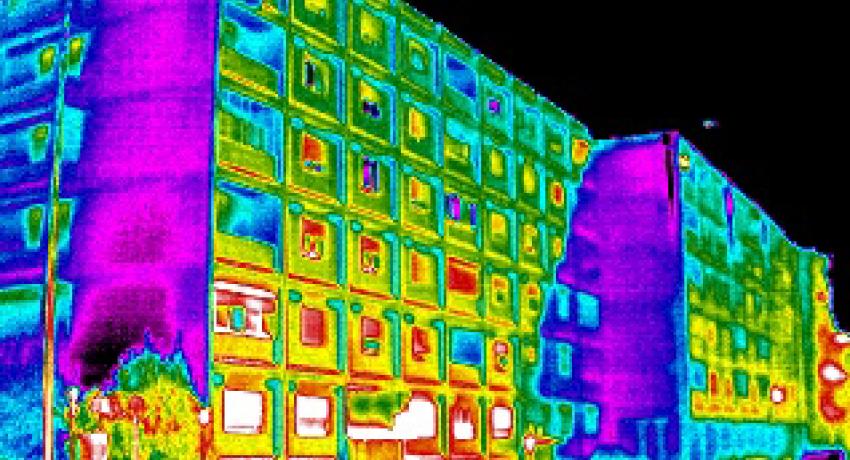Our investigation begins with an analysis of the building, thanks to which we are able to:
- assess the building’s current state and its level of energy efficiency;
- identify the different forms of degradation that are present;
- devise the most compatible and effective solutions to resolve existing problems and improve living comfort;
- provide indications and data for the blueprint of the intervention;
- support the operational side of the construction site;
- monitor the effectiveness of the intervention over time and thus offer an additional guarantee on the final result.
Investigations on buildings, energy analyses
We offer a complete investigation service to analyse buildings prior to their redevelopment or to evaluate their energy efficiency.
Techniques for diagnostics
Infrared thermographic analysis
It allows one, through an image, to detect surface temperatures which are directly connected to a variety of factors such as: the presence of humidity; thermal bridges; detachments of plaster; cracks; the elements and invisible systems.
It is of particular use for monitoring heat loss and the correct laying of a thermal coat.
Internal microclimate analysis
Through the installation of data-logger devices, it is possible to continuously detect data such as temperature and relative humidity, both essential to achieving ideal thermal comfort. Monitoring must be performed within a significant time frame in order to make correct assessments.
Indoor air quality analysis
The presence of pollutants in indoor environments can be detected through accurate air quality checks. The checks must be carried out using suitable, calibrated and certified instruments.
Test for humidity analysis
Through on-site analysis with the calcium carbide system, it is possible to quantify the percentage of wet mass within the walls and evaluate the correct intervention techniques based on the effect of humidity on walls, floors and materials.
Tests for determining soluble salts
Responsible for different degradations, their identification through on-site analysis with specific reagents or in the laboratory is of fundamental importance.
Videoendoscopic analysis
A small camera connected to a monitor allows you carry out a deep inspection of the structures, by collecting information on their composition and state of conservation.
Chemico-physical laboratory analysis
Using different investigation techniques, from a small fragment of material it is possible to extract information on the composition and nature of the different materials.

